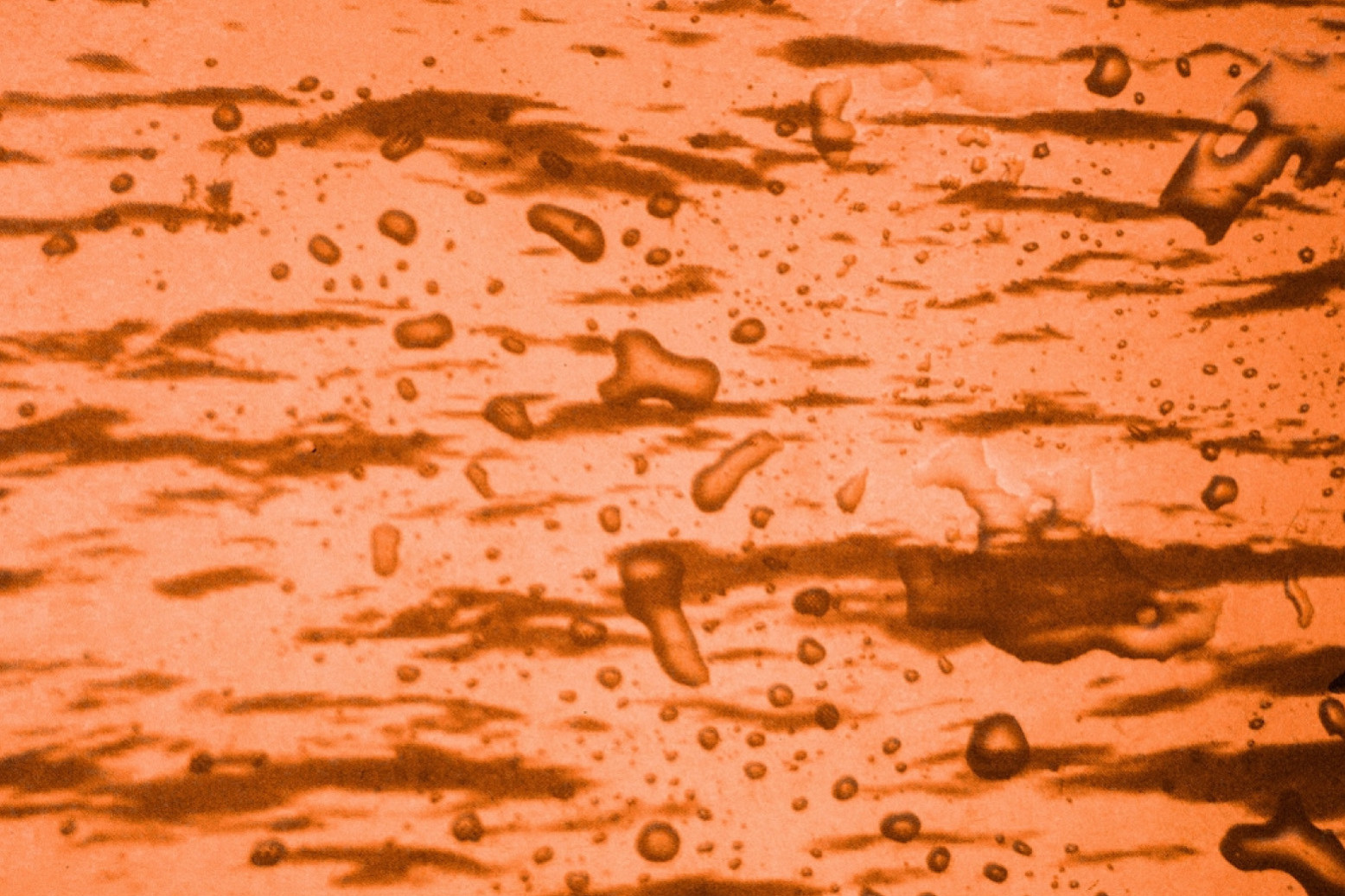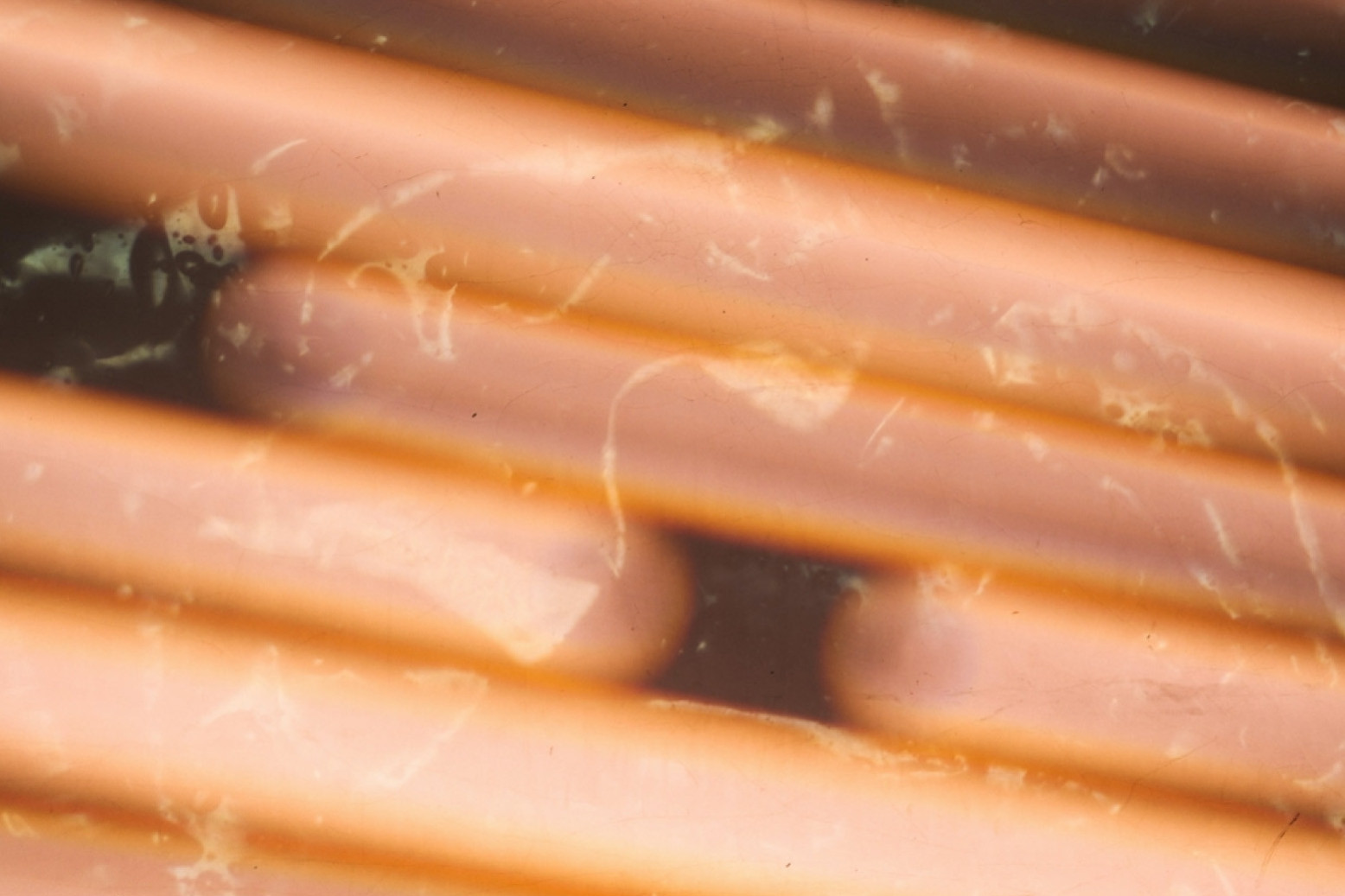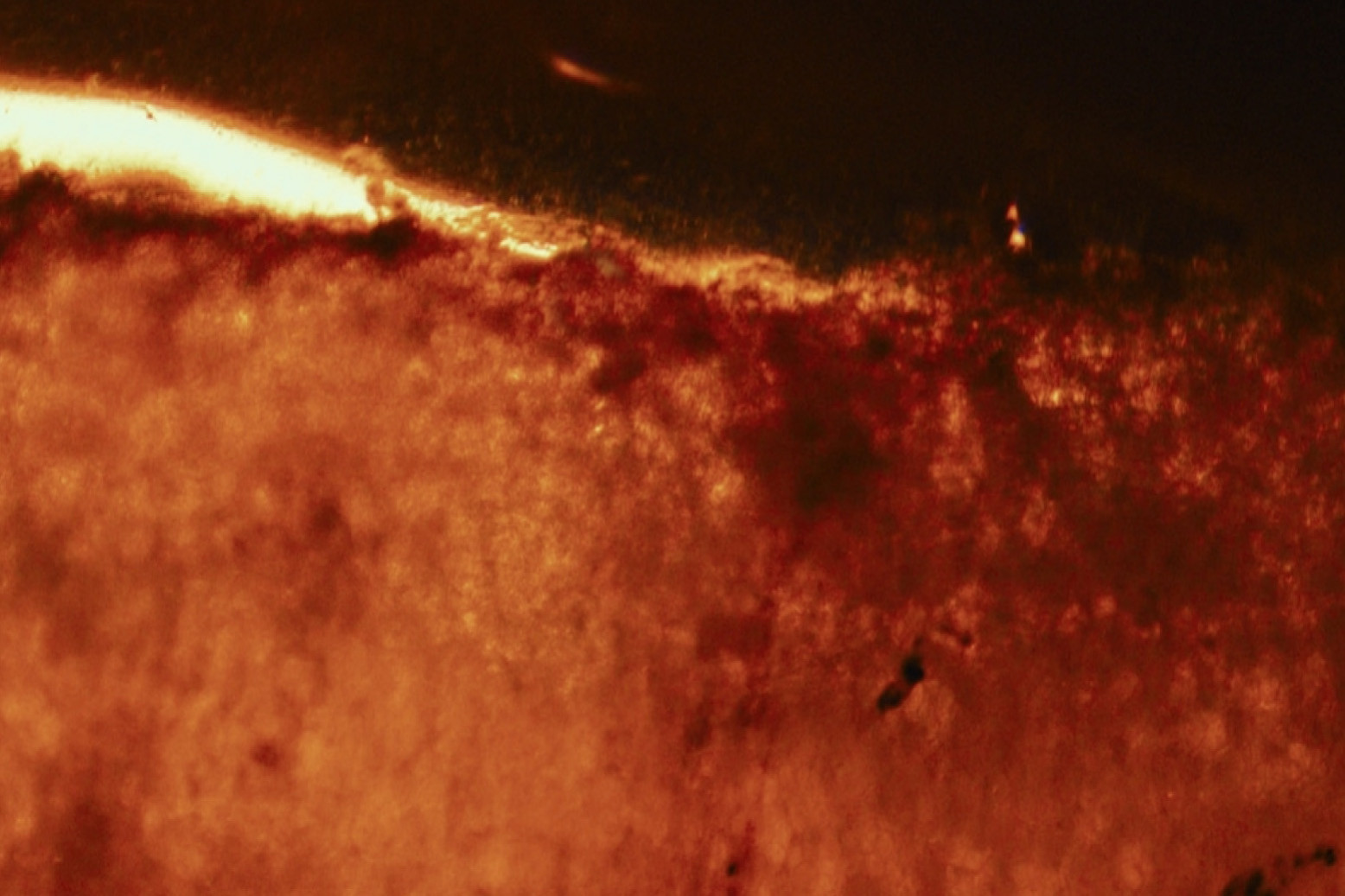Hyperbaric Oxygen Therapy: A Breath of Vitality
Hyperbaric Oxygen Therapy: A Breath of Vitality
In recent years, the growing awareness and popularity of oxygen therapy have led to various approaches, including hyperbaric oxygen therapy (HBOT). This non-invasive and natural method has garnered attention within the medical community and among wellness enthusiasts for its potential to support metabolic activity, boost the immune system, enhance brain health, and improve overall vitality. While HBOT isn't a one-size-fits-all solution, its benefits make it a compelling option for those exploring new avenues for wellness and recovery.
A Brief History of Hyperbaric Oxygen Therapy
The concept of hyperbaric oxygen therapy dates back to 1878 when French physician Paul Bert designed the first hyperbaric chamber. Bert's experiments revealed the therapeutic potential of increased atmospheric pressure, and he used his chamber to treat conditions such as carbon monoxide poisoning and gangrene. By the 1930s, HBOT was widely used for medical purposes, including treating gas gangrene and wound healing. Initially, these chambers were large and hospital-based, but the introduction of portable chambers in the 1970s made HBOT more accessible and affordable.
In the 1990s, the U.S. Food and Drug Administration (FDA) approved HBOT for several medical conditions, including decompression sickness and carbon monoxide poisoning. Today, HBOT is used for a range of ailments, including non-healing wounds, radiation injuries, and certain neurological disorders.
What is Hyperbaric Oxygen Therapy?
HBOT involves administering oxygen at increased atmospheric pressure, enhancing oxygen delivery to the body's tissues. This process promotes tissue repair, reduces inflammation, and increases blood flow. With the rise of biohacking and the emphasis on personal wellness, HBOT has gained popularity for its potential benefits in health, sports recovery, and longevity.
How HBOT Can Help
HBOT may support overall well-being by increasing oxygen delivery, promoting circulation, reducing inflammation, and enhancing tissue repair. The increased pressure and concentration of oxygen have several beneficial effects on the body:
Increased Energy Levels: Oxygen is essential for the body's energy production process in the mitochondria. By optimising this process, HBOT can boost energy levels.
Reduced Inflammation: HBOT promotes the release of anti-inflammatory cytokines and reduces pro-inflammatory cytokines, helping to decrease inflammation.
Improved Circulation: The therapy enhances blood flow and promotes the growth of new blood vessels, aiding tissue repair and recovery.
Enhanced Oxygen Delivery: HBOT increases the oxygen in the blood, delivering it to tissues and cells that may have reduced oxygen levels due to injury or disease.
The Mechanics Behind HBOT
The exact mechanisms through which HBOT supports well-being are not entirely understood, but several theories exist. One widely accepted theory is that HBOT increases the amount of dissolved oxygen in the bloodstream, enhancing oxygen delivery to tissues with compromised blood supply. When the body experiences injury or disease, blood flow to the affected area can be restricted, reducing oxygen and nutrient delivery. HBOT helps increase oxygen delivery to these tissues, promoting healing and regeneration.
Another proposed mechanism is that HBOT reduces inflammation by decreasing pro-inflammatory cytokines and increasing anti-inflammatory cytokines. This process can reduce swelling, pain, and tissue damage associated with inflammation.
What to Expect During an HBOT Session
The experience of HBOT varies depending on the type of machine, atmospheric pressure, and length of treatment. At Alchemy Cryotherapy Centre, sessions last 50 minutes and support well-being, recovery, and energy. The client lies in a chamber where a facemask supplies 95% oxygen. The chamber pressurises to 1.5 ATA (atmospheres absolute), equivalent to approximately 5 meters below sea level. Clients may feel pressure in their ears, similar to a commercial airline flight, which can be relieved by yawning or swallowing.
During the session, clients can read, meditate, or sleep. The chamber is gadget-free to minimise the risk of fire from electronic sparks. After the session, it takes 2-3 minutes to depressurize the chamber. Due to the warm environment, rehydration is recommended post-session.
Who Can Benefit from HBOT?
HBOT is linked to several conditions, including soft tissue injuries, wounds, acne, inflammation disorders, metabolic disorders, anemia, brain injuries, and sports recovery. While the risks are generally low, it's essential to consult with a medical practitioner to determine if HBOT is suitable for individual needs.
Potential Risks of HBOT
Although HBOT is considered safe, potential risks include oxygen toxicity, barotrauma, fire hazards, claustrophobia, and headaches. Discussing these risks with a healthcare provider before undergoing HBOT therapy is crucial.
In conclusion, hyperbaric oxygen therapy offers a promising avenue for enhancing well-being and supporting recovery. By understanding its mechanisms and potential benefits, individuals can make informed decisions about incorporating HBOT into their wellness routines.



